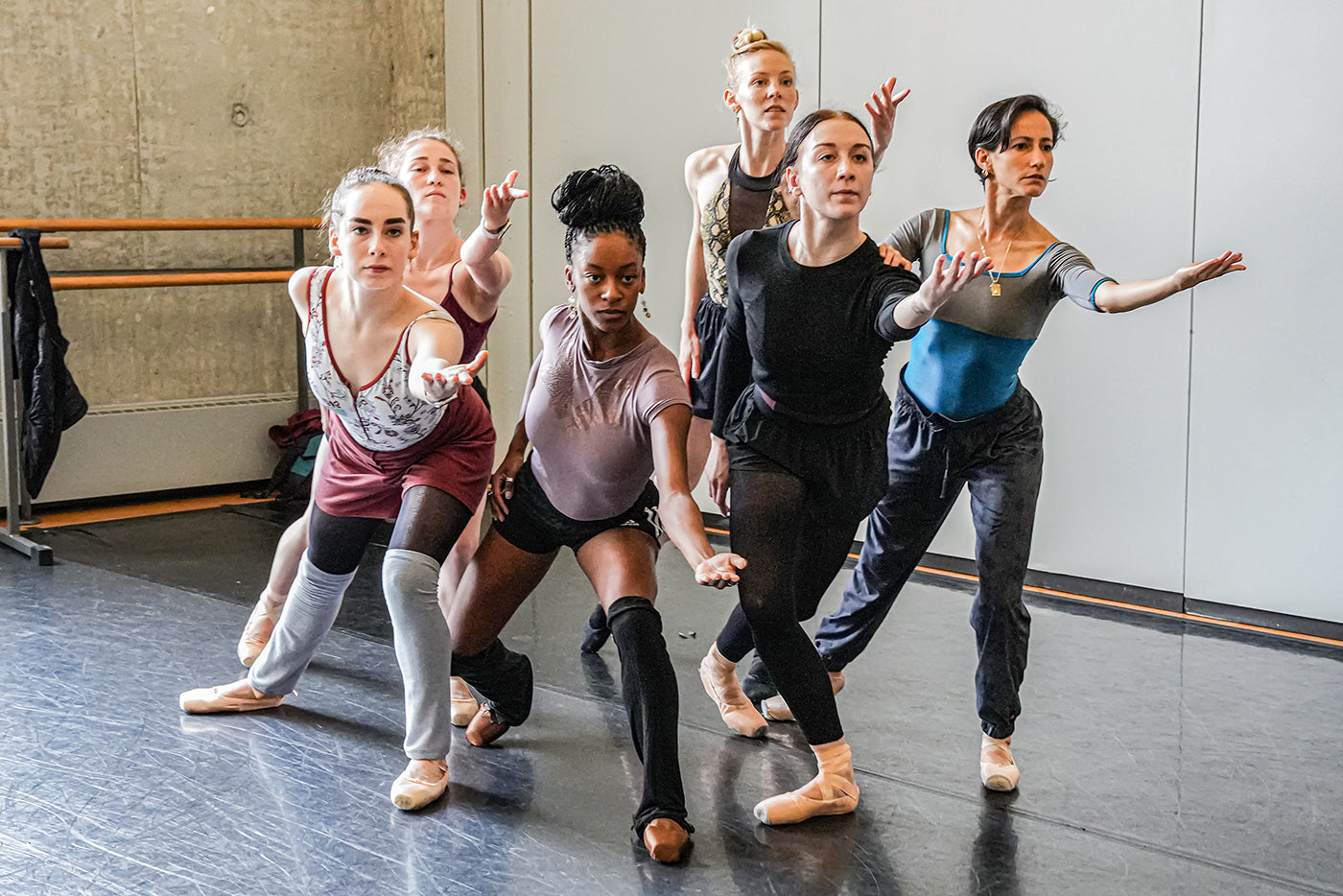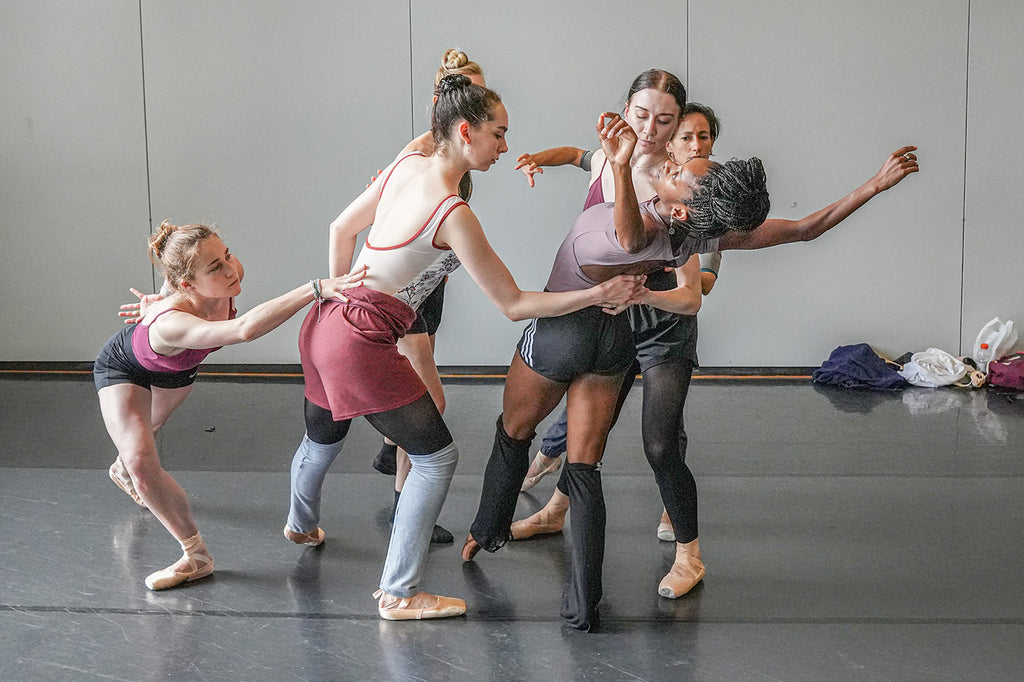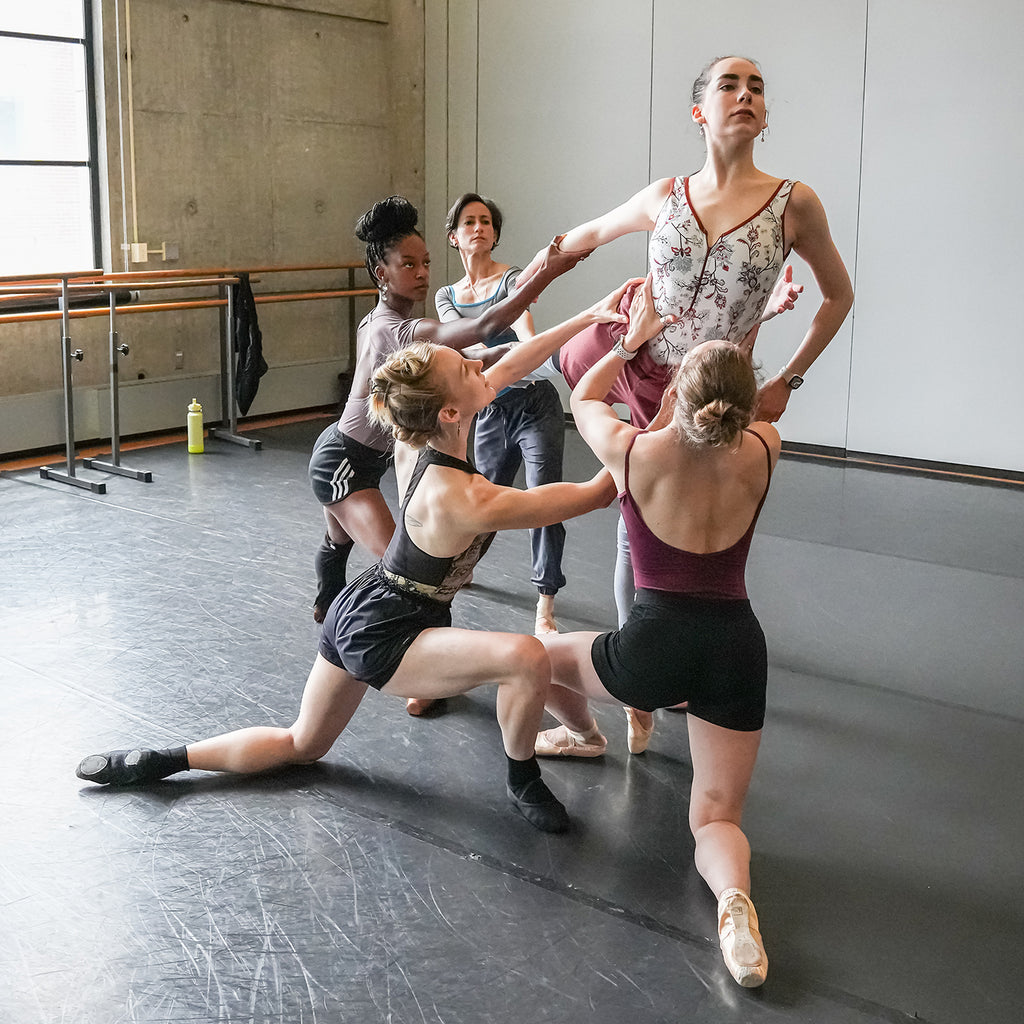Mishima’s Muse
Japan Society’s Yukio Mishima centennial series culminated with “Mishima’s Muse – Noh Theater,” which was actually three programs of traditional noh works that Japanese author Yukio Mishima adapted into modern plays.
Continue Reading
World-class review of ballet and dance.
Pre-pandemic, queerness and ballet were two terms not often put together. So, when choreographer Adriana Pierce started bringing a community of queer-identifying people together on Zoom—cis women, trans people of all genders, and nonbinary dancers—it felt like a watershed moment for many of them. Those virtual gatherings would morph into Queer the Ballet, an initiative dedicated to broadening the scope of ballet narratives.
“A lot has changed in the past few years,” said Pierce, who is QTB’s founder and artistic director. “I remember when the first Guardian article came out about Queer the Ballet and if you Googled ‘queer ballet’ then, there wasn't that much on the internet. And now, so much! I'm proud of that and I'm proud of the hand that we had in that.”



Japan Society’s Yukio Mishima centennial series culminated with “Mishima’s Muse – Noh Theater,” which was actually three programs of traditional noh works that Japanese author Yukio Mishima adapted into modern plays.
Continue ReadingThroughout the year, our critics attend hundreds of dance performances, whether onsite, outdoors, or on the proscenium stage, around the world.
Continue ReadingOn December 11th, the Alvin Ailey American Dance Theater presented two premieres and two dances that had premiered just a week prior.
Continue ReadingThe “Contrastes” evening is one of the Paris Opéra Ballet’s increasingly frequent ventures into non-classical choreographic territory.
Continue Reading
comments